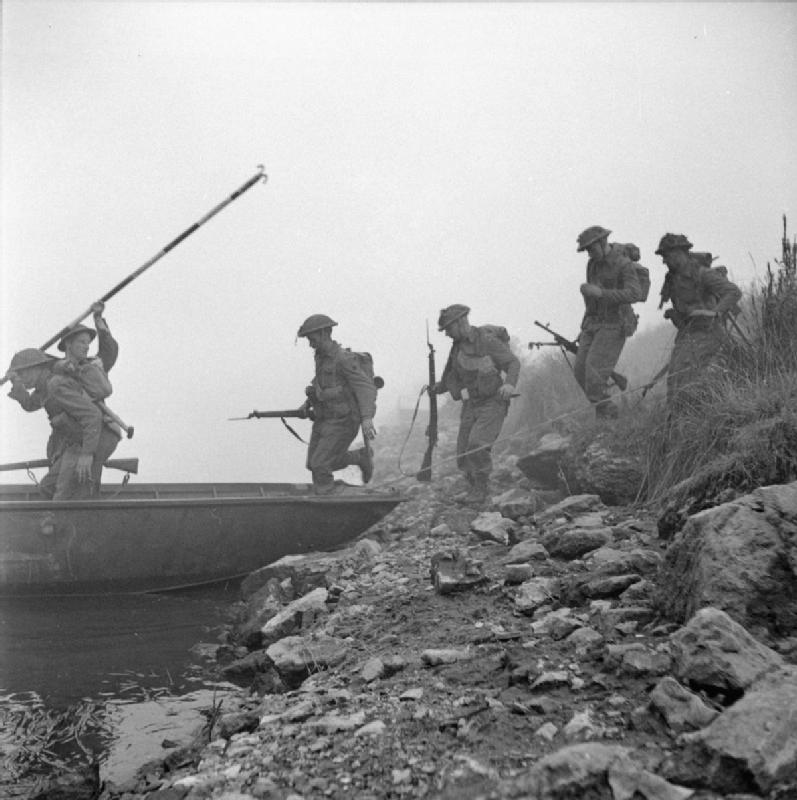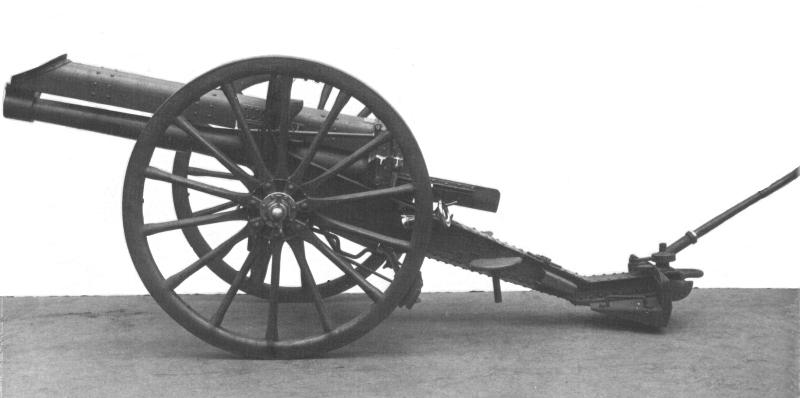|
George Brudenell-Bruce, 6th Marquess Of Ailesbury
George William James Chandos Brudenell-Bruce, 6th Marquess of Ailesbury, (21 May 1873 – 4 August 1961), styled Earl of Cardigan between 1894 and 1911, was a British peer and an officer of the auxiliary forces. According to his hand-written memoirs, he went by the name Chandos. Background and education Brudenell-Bruce was the son of Henry Brudenell-Bruce, 5th Marquess of Ailesbury and Georgiana Sophia Maria Pinckney. He was educated at Westminster School. He succeeded his father in the marquessate on the latter's death on 10 March 1911. Career Lord Ailesbury served in the 3rd (Highland Borderers Militia) Battalion, Argyll and Sutherland Highlanders; the Royal Wiltshire Yeomanry; the Middlesex Yeomanry; the Wiltshire Regiment; and the Royal Field Artillery Lord Cardigan was promoted to the rank of captain in the Royal Wiltshire Yeomanry on 3 September 1898, supernumerary to the establishment.''Monthly Army List''. He fought with the regiment in the Second Boer War, for which ... [...More Info...] [...Related Items...] OR: [Wikipedia] [Google] [Baidu] |
Coronation Of George V And Mary
The coronation of George V and his wife, Mary, as king and queen of the United Kingdom and the British Dominions took place at Westminster Abbey, London, on Thursday 22 June 1911. This was the second of four such events held during the 20th century and the last to be attended by royal representatives of the great continental European empires. Preparations Planning The overall planning of the coronation was theoretically the role of the earl marshal, a hereditary office held by the dukes of Norfolk for several centuries. At the coronation of King Edward VII and Queen Alexandra in 1902, the driving force had been Viscount Esher in his capacity as Secretary to the Office of Works, a position which had since been filled by Sir Schomberg Kerr McDonnell. However, in the interim, the earl marshal, Henry Fitzalan-Howard, 15th Duke of Norfolk, had reasserted his ancient right to organise the great state events, despite having a personal dislike of the ceremonial and having lit ... [...More Info...] [...Related Items...] OR: [Wikipedia] [Google] [Baidu] |
Wiltshire Regiment
The Wiltshire Regiment was a line infantry regiment of the British Army, formed in 1881 under the Childers Reforms by the amalgamation of the 62nd (Wiltshire) Regiment of Foot and the 99th Duke of Edinburgh's (Lanarkshire) Regiment of Foot. The regiment was originally formed as the Duke of Edinburgh's (Wiltshire Regiment), taking the county affiliation from the 62nd Foot (which became the 1st Battalion) and the honorific from the 99th Foot (which became the 2nd Battalion). In 1921, the titles switched to become the Wiltshire Regiment (Duke of Edinburgh's). After service in both the First and Second World Wars, it was amalgamated with the Royal Berkshire Regiment (Princess Charlotte of Wales's) into the Duke of Edinburgh's Royal Regiment (Berkshire and Wiltshire) in 1959, which was, in 1994, merged with the Gloucestershire Regiment to form the Royal Gloucestershire, Berkshire and Wiltshire Regiment, which later amalgamated with the Devonshire and Dorset Regiment, the Royal G ... [...More Info...] [...Related Items...] OR: [Wikipedia] [Google] [Baidu] |
British Fascists
The British Fascists (originally called the British Fascisti) were the first political organisation in the United Kingdom to claim the label of fascism, formed in 1923. The group had lacked much ideological unity apart from anti-socialism for most of its existence, and was strongly associated with British conservatism. William Joyce, Neil Francis Hawkins, Maxwell Knight and Arnold Leese were amongst those to have passed through the movement as members and activists. Structure and membership The organisation was formed on 6 May 1923 by Rotha Lintorn-Orman in the aftermath of Benito Mussolini's March on Rome, and originally operated under the Italian-sounding name British Fascisti. Despite its name, the group had a poorly defined ideological basis at its beginning, being brought into being more by a fear of left-wing politics than a devotion to fascism. The ideals of the Boy Scout movement, with which many early members had also been involved in their younger days, also play ... [...More Info...] [...Related Items...] OR: [Wikipedia] [Google] [Baidu] |
Right-wing Politics
Right-wing politics is the range of Ideology#Political ideologies, political ideologies that view certain social orders and Social stratification, hierarchies as inevitable, natural, normal, or desirable, typically supporting this position based on natural law, economics, authority, property, religion, or tradition. Hierarchy and Social inequality, inequality may be seen as natural results of traditional social differences or competition in market economies. Right-wing politics are considered the counterpart to left-wing politics, and the left–right political spectrum is the most common political spectrum. The right includes social conservatives and fiscal conservatives, as well as right-libertarianism, right-libertarians. "Right" and "right-wing" have been variously used as compliments and pejoratives describing neoliberal, conservative, and fascist economic and social ideas. Positions The following positions are typically associated with right-wing politics. Anti-com ... [...More Info...] [...Related Items...] OR: [Wikipedia] [Google] [Baidu] |
Conservatism
Conservatism is a Philosophy of culture, cultural, Social philosophy, social, and political philosophy and ideology that seeks to promote and preserve traditional institutions, Convention (norm), customs, and Value (ethics and social sciences), values. The central tenets of conservatism may vary in relation to the culture and civilization in which it appears. In Western culture, depending on the particular nation, conservatives seek to promote and preserve a range of institutions, such as the nuclear family, organized religion, the military, the nation-state, property rights, rule of law, aristocracy, and monarchy. Conservatives tend to favor institutions and practices that enhance social order and historical continuity. The 18th-century Anglo-Irish statesman Edmund Burke, who opposed the French Revolution but supported the American Revolution, is credited as one of the forefathers of conservative thought in the 1790s along with Savoyard statesman Joseph de Maistre. The first ... [...More Info...] [...Related Items...] OR: [Wikipedia] [Google] [Baidu] |
55th (Wessex) Brigade, Royal Field Artillery
The II (or 2nd) Wessex Brigade was a howitzer unit of the Royal Field Artillery in Britain's Territorial Force (TF) that was formed on the Isle of Wight in 1908. It served in India and the Middle East during World War I, one of its batteries being captured at the Siege of Kut in Mesopotamia in 1916, and another seeing active service in the Third Afghan War of 1919. Although reformed after the war, the unit was broken up in 1927. Origin When the Volunteer Force was subsumed into the Territorial Force (TF) in 1908 under the Haldane Reforms, the 2nd Hampshire Royal Garrison Artillery (Volunteers) was reorganised to provide two Royal Field Artillery (RFA) brigades for the TF's new Wessex Division: the I (or 1st) Wessex Brigade at Southsea (from HQ and Nos 1–8 Companies) and the IV (or 4th) Wessex Brigade on the Isle of Wight (from Nos 10 and 11 Companies). Generally, the fourth RFA brigade in each TF division was equipped with howitzers, and the Wessex was no exception. However, by ... [...More Info...] [...Related Items...] OR: [Wikipedia] [Google] [Baidu] |
220th (Wiltshire) Field Battery, Royal Artillery
The 1st Wiltshire Battery, Royal Field Artillery, and its successors were part-time Territorial Force units of the British Army from 1908 to 1950. It carried out garrison duties in India during World War I and saw active service in the Third Afghan War. It served in various units in the interwar years, finally becoming a full regiment (as 112th (Wessex) Field Regiment) in time for World War II. It saw action with 43rd (Wessex) Infantry Division in the campaign in North West Europe, including Operations Epsom, Jupiter and Bluecoat in Normandy, the crossing of the Seine, the battle for Arnhem ( Operation Market Garden) in the Low Countries, and then Operations Clipper, Blackcock, Veritable and Plunder across Germany. Its short-lived postwar successor unit had little or no Wiltshire connection. Territorial Force When the Territorial Force was created in 1908 under the Haldane Reforms, it included the Wessex Division covering the south-western counties of England. Most of its compo ... [...More Info...] [...Related Items...] OR: [Wikipedia] [Google] [Baidu] |
Territorial Force
The Territorial Force was a part-time volunteer component of the British Army, created in 1908 to augment British land forces without resorting to conscription. The new organisation consolidated the 19th-century Volunteer Force and yeomanry into a unified auxiliary, commanded by the War Office and administered by local county territorial associations. The Territorial Force was designed to reinforce the regular army in expeditionary operations abroad, but because of political opposition it was assigned to home defence. Members were liable for service anywhere in the UK and could not be compelled to serve overseas unless they volunteered to do so. In the first two months of the First World War, territorials volunteered for foreign service in significant numbers, allowing territorial units to be deployed abroad. They saw their first action on the Western Front during the initial German offensive of 1914, and the force filled the gap between the near destruction of the regular ar ... [...More Info...] [...Related Items...] OR: [Wikipedia] [Google] [Baidu] |
World War I
World War I or the First World War (28 July 1914 – 11 November 1918), also known as the Great War, was a World war, global conflict between two coalitions: the Allies of World War I, Allies (or Entente) and the Central Powers. Fighting took place mainly in European theatre of World War I, Europe and the Middle Eastern theatre of World War I, Middle East, as well as in parts of African theatre of World War I, Africa and the Asian and Pacific theatre of World War I, Asia-Pacific, and in Europe was characterised by trench warfare; the widespread use of Artillery of World War I, artillery, machine guns, and Chemical weapons in World War I, chemical weapons (gas); and the introductions of Tanks in World War I, tanks and Aviation in World War I, aircraft. World War I was one of the List of wars by death toll, deadliest conflicts in history, resulting in an estimated World War I casualties, 10 million military dead and more than 20 million wounded, plus some 10 million civilian de ... [...More Info...] [...Related Items...] OR: [Wikipedia] [Google] [Baidu] |
Mentioned In Dispatches
To be mentioned in dispatches (or despatches) describes a member of the armed forces whose name appears in an official report written by a superior officer and sent to the high command, in which their gallant or meritorious action in the face of the enemy is described. In some countries, a service member's name must be mentioned in dispatches as a condition for receiving certain decorations. Being mentioned in dispatches entitles a recipient to wear a small metallic device, but does not include an entitlement to post-nominals. United Kingdom, British Empire and Commonwealth of Nations United Kingdom Servicemen and women of the United Kingdom or the Commonwealth who are mentioned in despatches are not awarded a medal for their actions, but receive a certificate and wear an oak leaf device on the ribbon of the appropriate campaign medal. A smaller version of the oak leaf device is attached to the ribbon when worn alone. Prior to 2014, only one device could be worn on a ribb ... [...More Info...] [...Related Items...] OR: [Wikipedia] [Google] [Baidu] |






